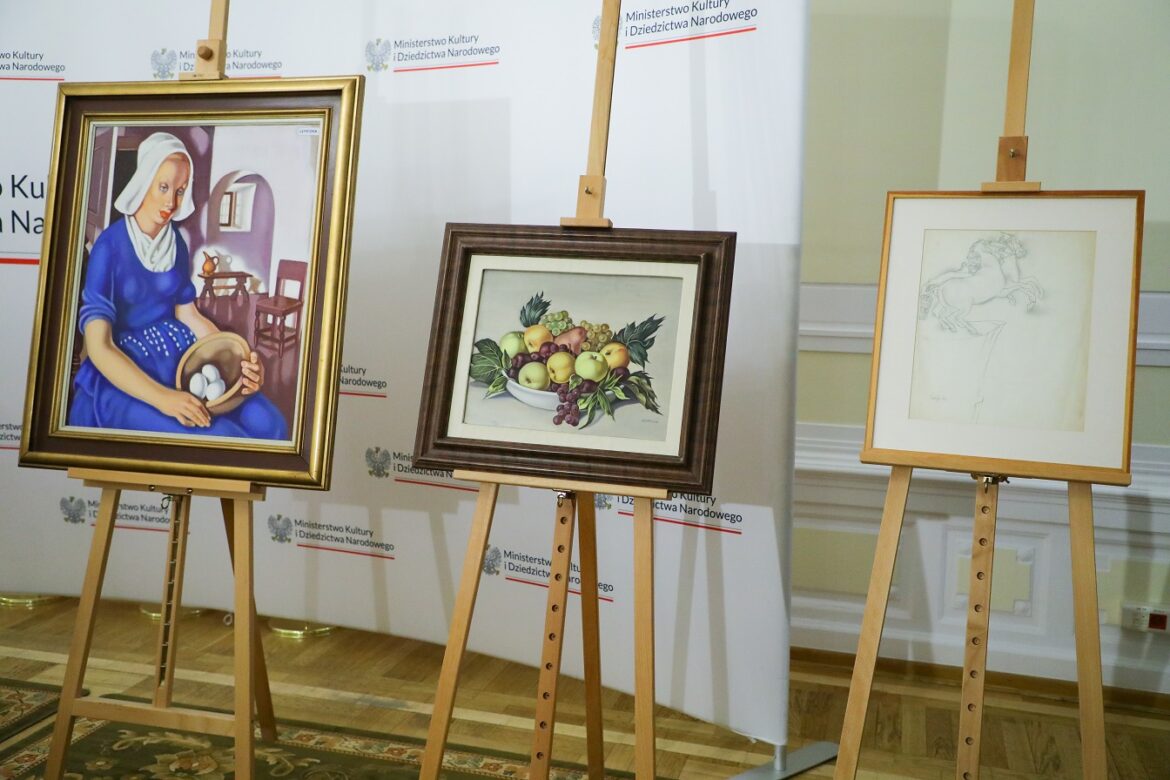More works by Tamara Łempicka have reached the collection of the National Museum in Lublin. They include an early sketch entitled ‘Agitated Horses’ from 1925 and two paintings: ‘Bowl of Fruit’ from 1949 and ‘Dutch Girl II’ from 1957. The works will be included in a permanent exhibition devoted to the life and work of Łempicka.
The exhibition ‘Tamara Łempicka – Beyond Borders’ is organised by the National Museum in Lublin in cooperation with the Tamara de Łempicka Estate. The purchase of the works from the Mexican collector was realised with funds from the general reserve of the Prime Minister with the participation of the Ministry of Culture and National Heritage (MKiDN).
“Excluding the purchase of the Czartoryski collection, over the past few years alone the budget of the Ministry of Culture and National Heritage has allocated more than 115 million to enrich Polish collections. We have purchased works by Titian, Bruegel, Canaletto, but also Polish artists from Matejko to Łempicka – whose works, including sculptures, have found their way into public institutions”, said Minister of Culture and National Heritage Piotr Gliński during the presentation of the new purchases.
The National Museum in Lublin is expanding its collection of Łempicka’s works with further works from the collection of Victor Manuel Contreras. The work ‘Agitated Horses’ will complete the collection of objects on paper dating from the first half of the 20th century. The drawing provides an opportunity to observe not only Łempicka’s artistic sensibility, but also the details of her mature workshop, influenced by her studies at the Academie Ranson.
The painting ‘Bowl of Fruit’ is an example of a still life. Carefully arranged in a white porcelain bowl, the apples, pears, grapes, and plums, decorated with foliage, are characterised by geometrised shapes, but the retention of classical principles of harmony and balance remains evident. Łempicka took up the subject of still life from the mid-1920s until her death in 1980.
The painting Dutch Girl II is an example of the new painting language developed by Łempicka in the 1950s. The works from this period show a slow departure from the style defined in the 1930s.
Arkadiusz Słomczyński





